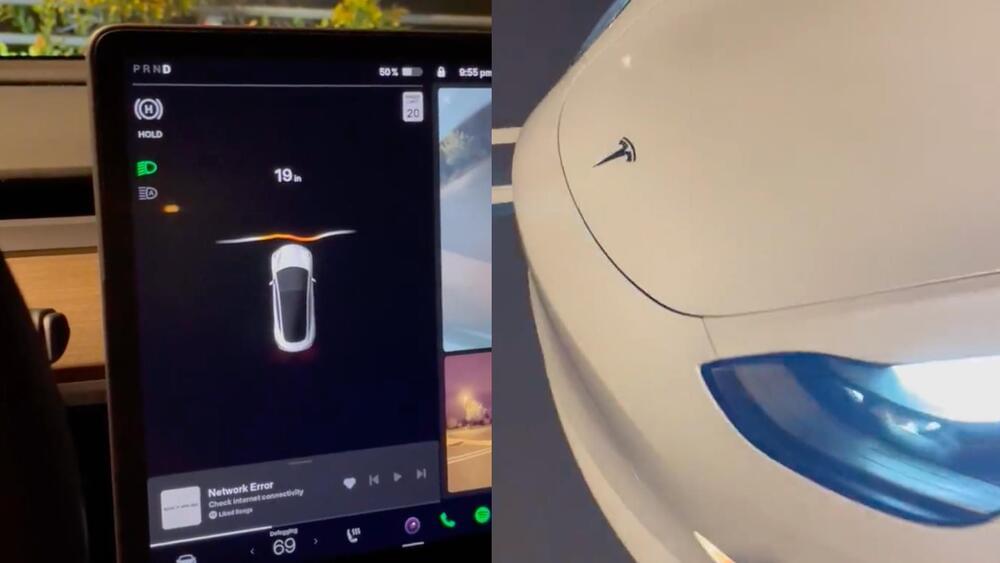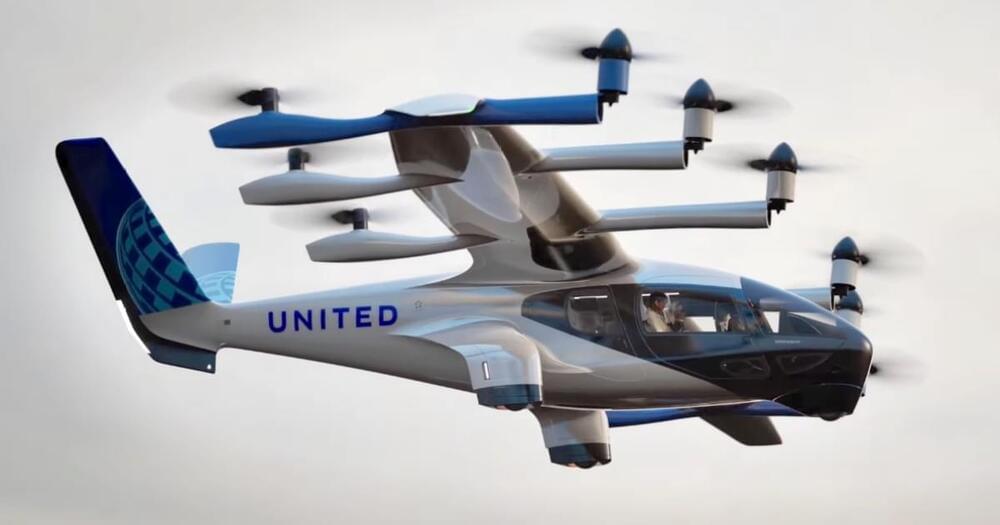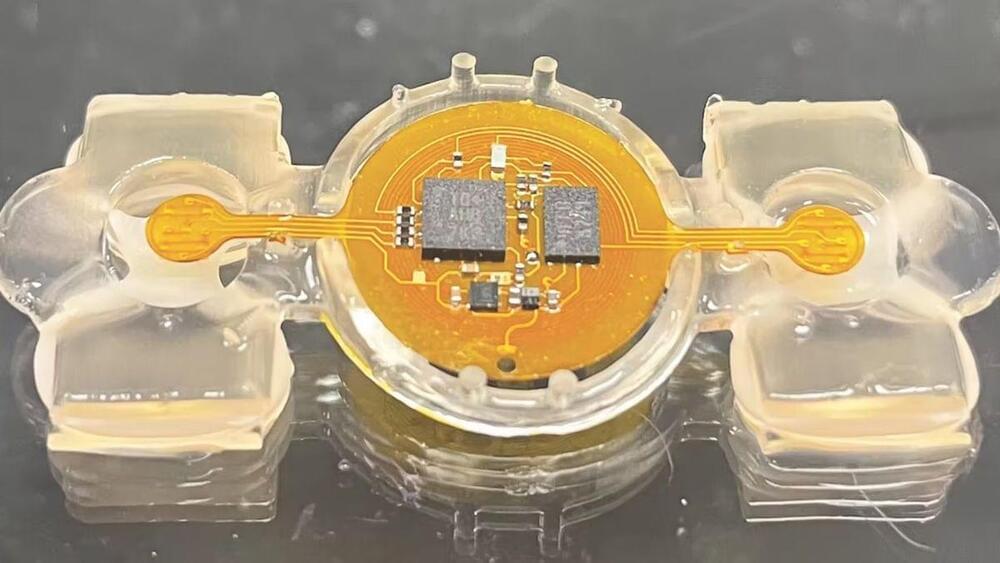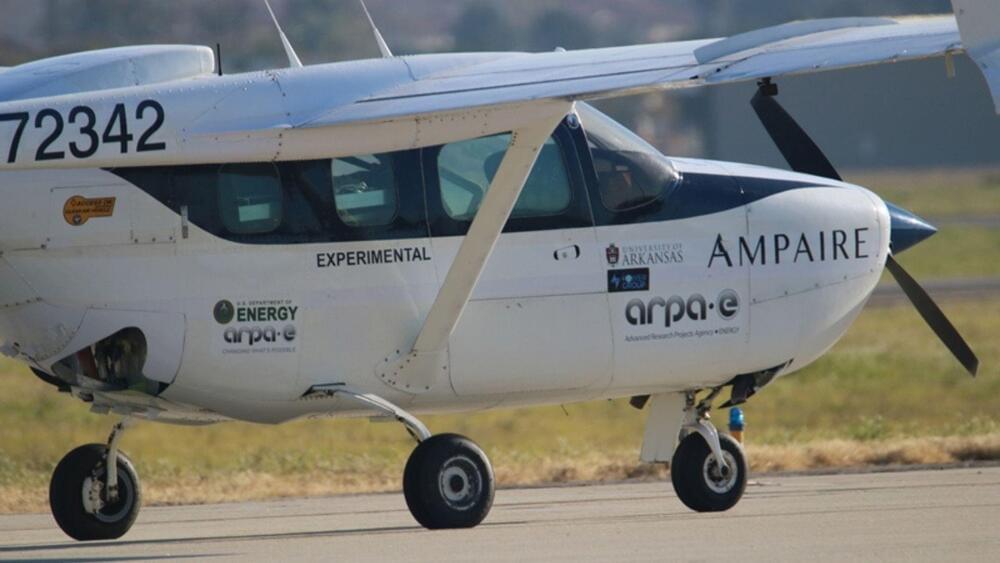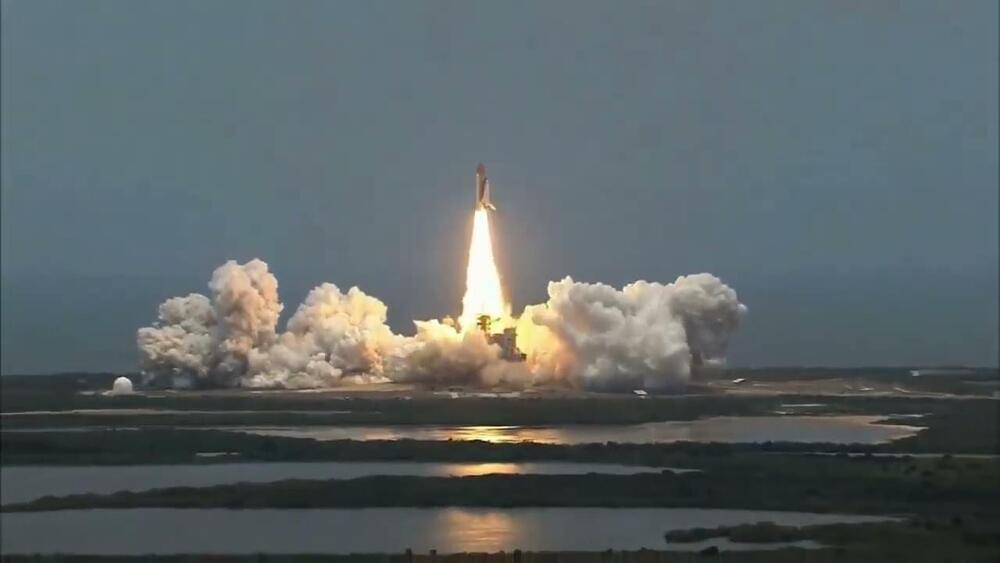Mar 25, 2023
Tesla Vision Park Assist measurement system proves capable in first tests
Posted by Genevieve Klien in categories: sustainability, transportation
Tesla Vision Park Assist provides visual and audio alerts of surrounding objects. This feature uses the occupancy network to predict high-definition outlines of objects 360 degrees around the car. Note: Tesla Vision Park Assist is for guidance purposes only and is not a substitute for an aware driver. Please be attentive and avoid obstacles as required.
This is after being parked for a while, interesting to see how park assist takes a bit to load previous data from before it was parked. Still really impressive work from the @Tesla team pic.twitter.com/LONqouXp85
A number of Tesla owners with vision-only cars who received update 2023.6.9 have shared initial videos of Vision Park Assist’s performance in real-world situations. Tesla Model 3 owner @EVBaymax, for one, observed that the distance estimates displayed in the vehicle are quite accurate, almost to the inch. The Model 3 owner actually verified Tesla Vision’s estimates with a tape measure, and it was quite accurate.
